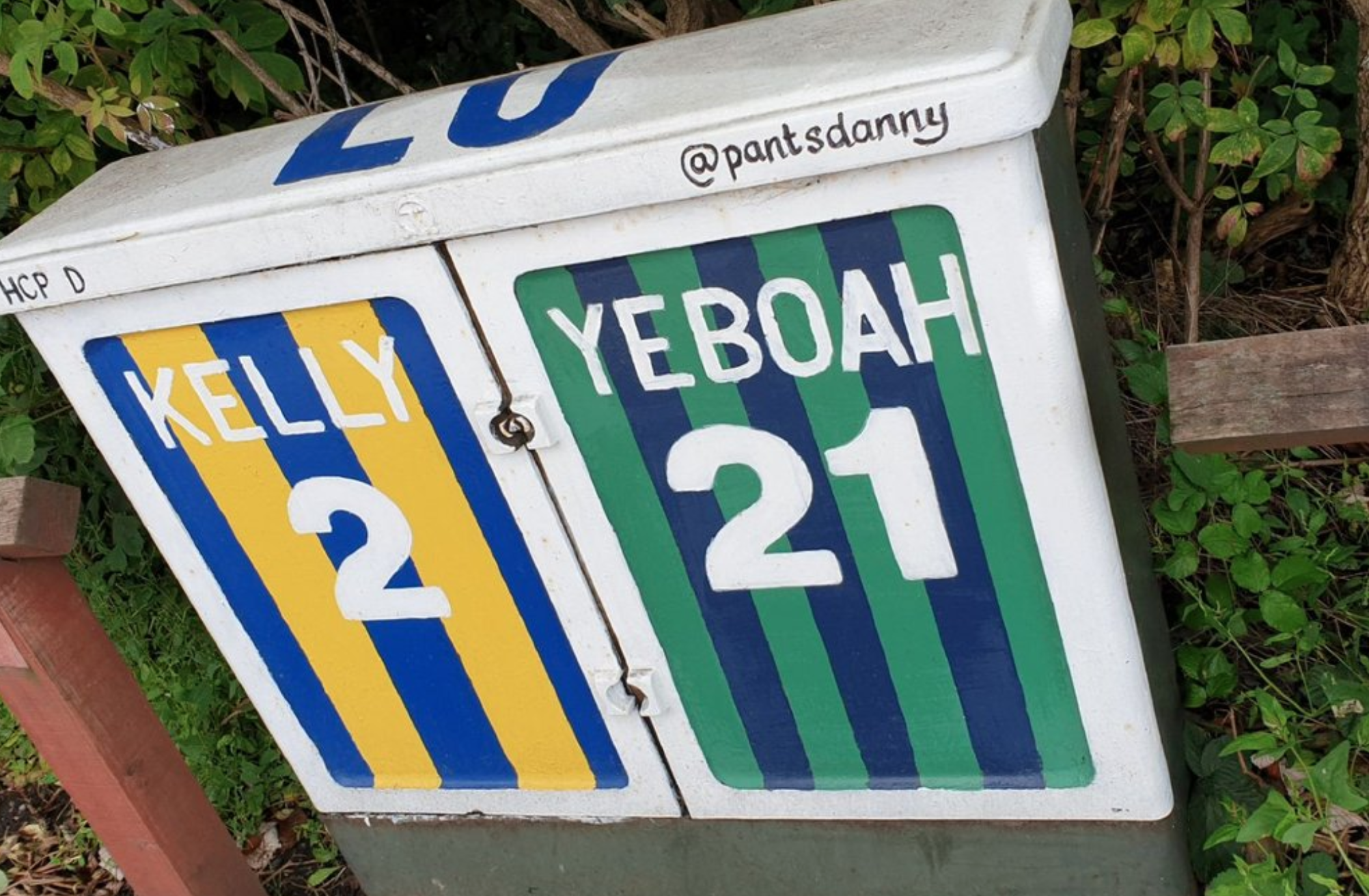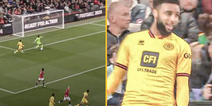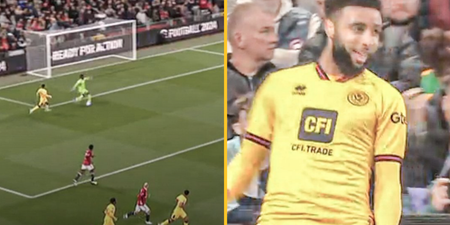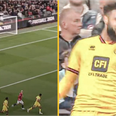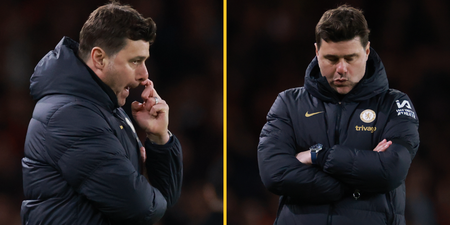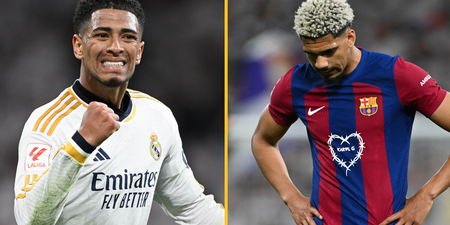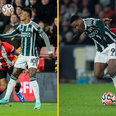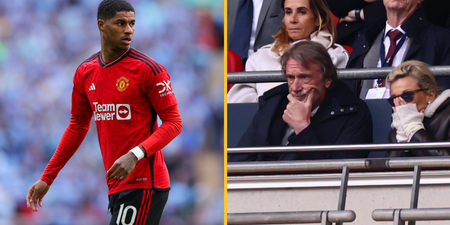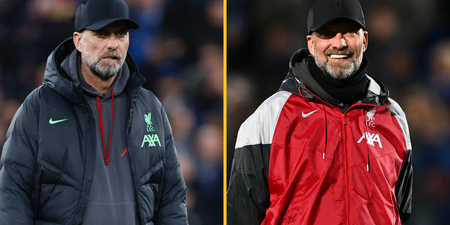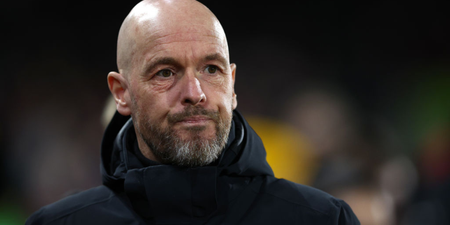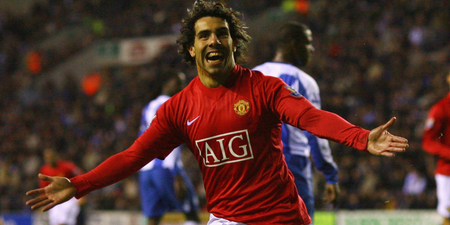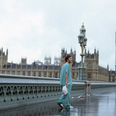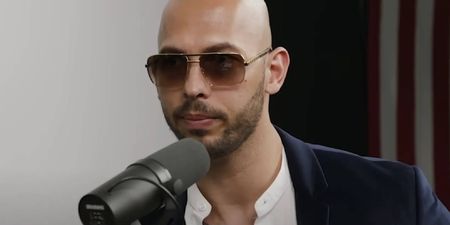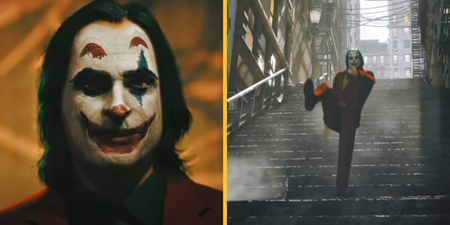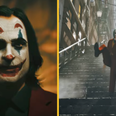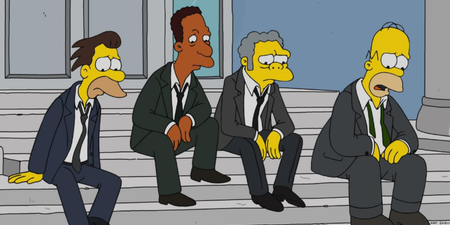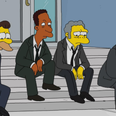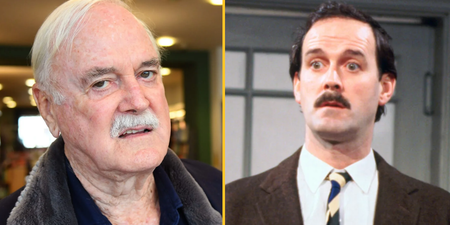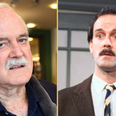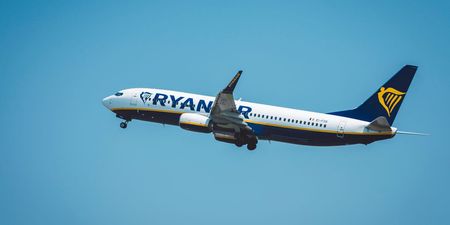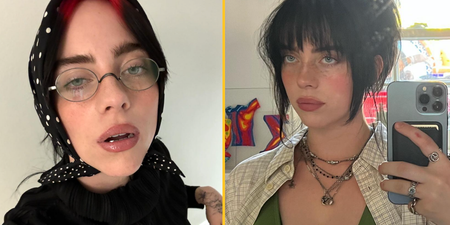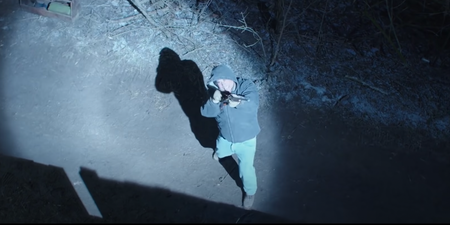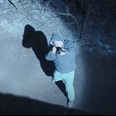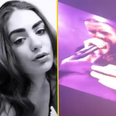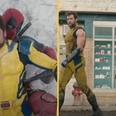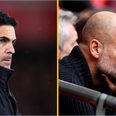“It stopped me feeling like shit… It became almost like therapy. Prozac through art.”
Andy McVeigh was slightly surprised Marcelo Bielsa had the time.
Hours before kick-off with Derby County, the Leeds United manager, known for his intensity and meticulous planning ahead of matches, greeted him with a shake of the hand.”Congratulations on art,” he had said, smiling. McVeigh, an ardent Leeds supporter since childhood, had come prepared for this moment. Reaching into his pocket, he handed Bielsa a note he had written in Spanish, thanking the Argentine for the job he had done since his arrival at the club. “Thank you,” Bielsa had replied after reading it. “I keep.”
By his own admission, the events of the last few weeks have been slightly surreal for McVeigh. This, though, matched anything that had gone before.
“It sounds cheesy and like a terrible cliché,” he says, “but some amazing positives have come out of some horrible negatives.
“Meeting Bielsa and the team and realising they’re aware of what I’ve been doing was incredible. It’s actually quite hard to get my head around.”
The artwork Bielsa was referring to has earned McVeigh the nickname ‘the Burley Banksy’ and city-wide fame. Over the past couple of years, his Leeds United-inspired paintings – usually appearing on telecommunication boxes – have been springing up in different locations across the city. Images of them have been widely circulated by Leeds fans on Twitter; they also make an appearance in the opening sequences of Take Us Home, the recently released Amazon documentary charting the highs and lows of the club’s 2018/19 campaign.
McVeigh is 49 and lives in Burley, a short distance from the city’s cricket and rugby grounds in the neighbouring area of Headingley. Frustrated at a rise in graffiti tagging, it was here that he started to paint.
“It wasn’t all football to begin with,” he remembers. “I just wanted to make the area look a bit tidier. We got permission off the council and me and a few friends would just paint things – a tree or whatever – on the boxes to mask the graffiti. We had some nice feedback and that, I guess, is how it started.”
It was later, as he walked from his home to Elland Road, that he saw the potential to incorporate the city’s football club into his artwork.
“I noticed there was a load of these boxes on the way to the match. I thought I’d do something around that.”
McVeigh is a primary school teacher by trade – “very definitely not an artist”, he insists – working on supply across the city and surrounding areas.
“Because I’ve worked in schools,” he explains, “I thought it would be really nice for little kids to see them on the way to a game with their mums and dads. They’d be able to ask them about who Gary Speed was, for example. It was a chance to learn about Leeds United.”
Though encouraged by the positive feedback he was starting to receive, McVeigh openly admits many of his early paintings were a result of a need for escapism from a traumatic period in his life. Already missing his son, who lived with his mother in Bolton, he was left devastated by the break-up of a relationship. His sister, Clare, later found that her daughter, Grace, had been diagnosed with spinal muscular atrophy and had six months to live. She passed away in 2016, before her first birthday.
“To look at Grace, she was this perfectly beautiful, normal little thing,” he says. “You’d look at her cooing away on the sofa, and my sister would be sorting out the funeral arrangements in the next room.”
One of the first boxes McVeigh ever did was for Grace. Painted pink and featuring Peppa Pig, her favourite cartoon character, it stands on Kirkstall Road, yards away from where she was born.
“My sister wants Grace to be known, to be remembered. One of her biggest fears when she died was that people would forget she was ever here at all. Thousands of people see that box and remember her every day now. Clare drives past it too. Just for those few seconds when she does, it eases things.”
In the 18 months that followed Grace’s death, McVeigh’s mother was diagnosed with cancer, his elderly father was beaten up by muggers and his friend committed suicide.
“It kept on coming. It was a horrible time and my head was all over the place. Painting took my mind off all that was going on. Instead of sitting at home on my own I could feel myself thinking a bit when I was doing it.
“It stopped me feeling like shit, people in the community loved it and it became almost like therapy. Prozac through art.”
McVeigh would regularly upload images of his latest paintings to his Twitter account. Through that, he was aware of the growing popularity. It was, however, only relatively recently – and in bizarre circumstances – that the sequence of events which ultimately led to his meeting with Bielsa would be triggered.
“I started getting messages from friends late one night saying the boxes were getting destroyed,” McVeigh recalls. “About six weeks before it really kicked off they’d done two and then loads more were covered over, too.”
Sure enough, several of McVeigh’s boxes had been vandalised, painted over in red. Responsibility was later claimed in an email sent to the Yorkshire Evening Post by a group styling themselves as Leeds Residents Against Graffiti. The message vowed they would paint over all of McVeigh’s Leeds United-themed artwork.
“I still don’t know if it was actually a group, as some people seem to think it was,” McVeigh says. “I suspect it’s probably just one bloke.
“It wasn’t like the email was a Man United fan saying “Oh, you Leeds bastard”, the stuff you might expect from a football fan. It was actually beautifully written. As a primary school teacher I was really impressed that the grammar was all perfect. Whoever they are, well done.”
One of the vandalised paintings was a tribute to the late Gary Speed, defaced on what would have been his 50th birthday.
Initially upset by what had happened, the reaction of Leeds supporters soon changed his outlook. A turning point came courtesy of a message of encouragement from Vinnie Jones on Twitter.
“I was sitting at home, alone, watching the England game in my pants while eating pineapple from a tin,” McVeigh laughs. “All of a sudden, this message comes through on Twitter from Vinnie Jones. He told me not to let it get to me and to keep my head up.”
The story was suddenly big news in Leeds and McVeigh was surprised to see himself on the front page of the Evening Post later that week. He was soon inundated with messages of support and praise from across the city and beyond. Leeds supporters set up an online fundraiser to provide him with paints and brushes to re-do his old murals. Soon after, the club arranged a meeting with him, where it was agreed they would commission him to do more artwork around Elland Road, covering the costs of any supply teaching he would have been doing.
“Honestly, it means the world to me. I couldn’t believe why anyone would be so spiteful to do what they did, but the response of the Leeds fans and the club really restores your faith.”
Leeds invited McVeigh and his son to the Derby game as VIPs. As well as his brief meeting with Bielsa, he and his son were also able to talk to the players.
“You should have seen the look on my lad’s face when Kalvin [Phillips] came over and started asking all about it,” he says. “Kalvin’s a lovely local lad. You can tell just from speaking to him that his mam and dad would never let him get above his station.”
Phillips will be the subject of one of McVeigh’s next paintings. The midfielder is from Wortley, close to Elland Road, and a box has already been identified on the street where he grew up. Mateusz Klich, Phillips’ Polish teammate, has also told McVeigh he wants to work on a painting with him.
Away from his work with the club, he has also received commissions from across the city, the latest being for a mural at Leeds Market.
“It’s amazing how far this has gone,” he says. “I’m extremely thankful to the Leeds fans for getting behind me like they did. I could have never imagined anything like this happening to me.
“I should also say thanks to whoever it was who vandalised the original paintings I’d done. If that guy hadn’t done that, none of these amazing things would be happening to me now and I wouldn’t know how much my paintings meant to people. It probably wasn’t your intention but whoever you are, cheers.”




